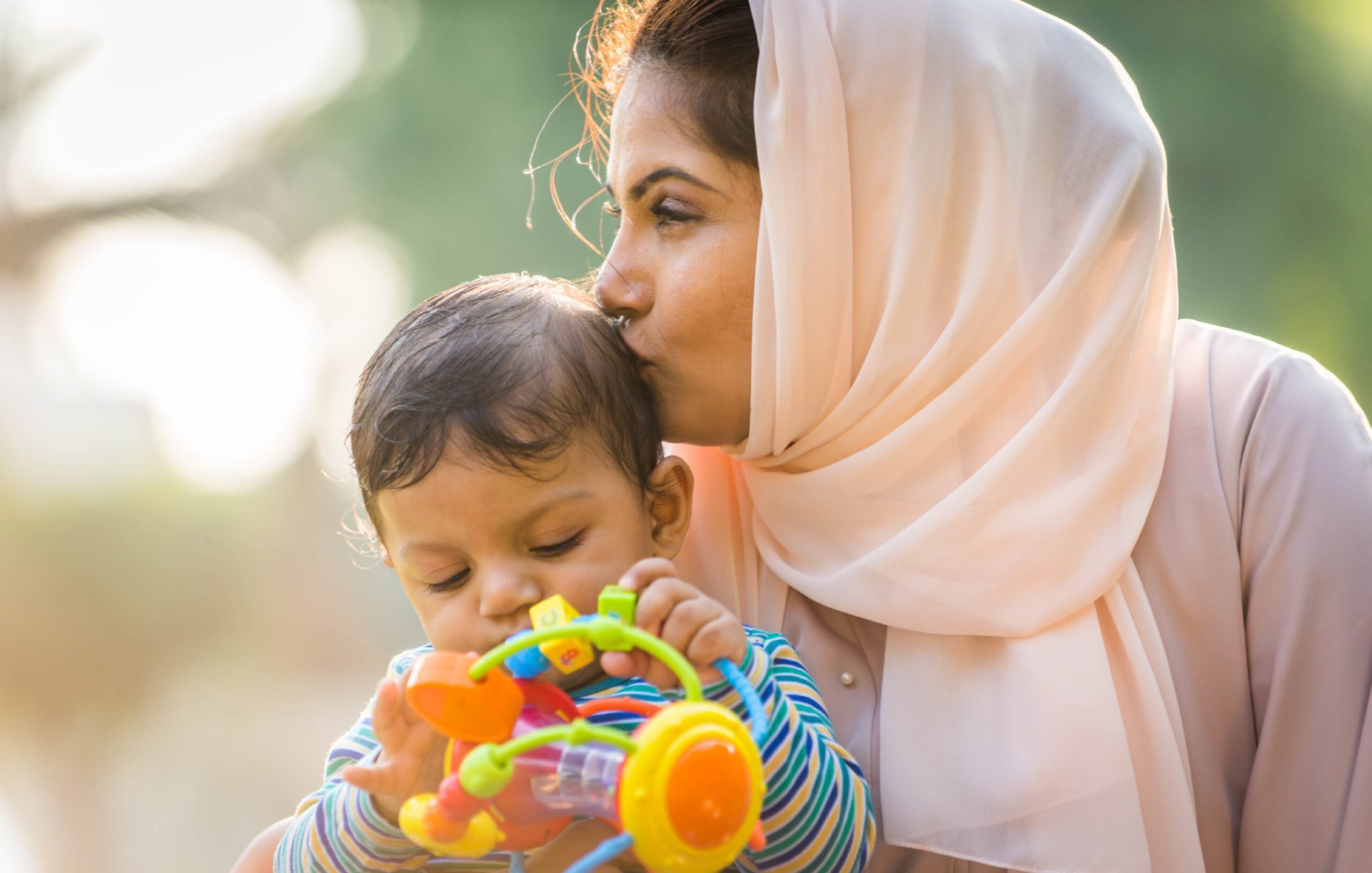AEPS-3—Your Choice for Children With Disabilities
PublishedAs the most sensitive curriculum-based assessment available, AEPS®-3 helps you not only accurately measure progress for children who have or are at risk for disabilities, but also meet federal accountability mandates from the U.S. Office of Special Education Programs (OSEP). Here’s how:
Measures even the smallest steps of progress. Unlike other tools, AEPS-3 captures small increments of progress so you can measure skills, recognize growth, and effectively support child development. This makes a crucial difference for children with delays, because their progress can easily go unnoticed by less sensitive instruments with wide gaps between test items.
Measures both quantitative and qualitative progress. On AEPS-3, children are given numerical scores for their degree of mastery and scoring notes for how they are performing a skill. By monitoring qualitative aspects of performance, children with disabilities may show progress without a change in numerical scoring.
Aligns with OSEP child outcomes. Our alignment of AEPS-3 Test items with OSEP child outcomes has been expertly validated, so you can rest assured that the child outcomes data you report are accurate and genuine measures of OSEP outcomes. And with reliable data, you can better tailor interventions to each child’s needs.
See a crosswalk of AEPS-3 Test items to the three child outcomes your program reports to OSEP.
Yields helpful cutoff scores. AEPS-3 Test data yields cutoff scores that suggest a child might have a developmental delay in any area of the test. Often children with diagnosed disabilities in one area begin to show signs of delays in other areas of development. Cutoff scores can serve as a source of data for monitoring suspected delays.
See the AEPS-3 Test items.
Offers more effective interventions. You’ll use the data elicited by the AEPS-3 Test to develop quality IFSP/IEP goals and outcomes. A sample goal for each test item is provided, and each item is linked to tiered teaching strategies. The tiered AEPS-3 Curriculum is effective for meeting the needs of diverse groups of children and helping each child make progress.
Supports progress with a tiered curriculum. The AEPS-3 Curriculum is a multi-tiered system of support (MTSS). Suggestions for universal (tier 1), focused (tier 2) and specialized (tier 3) strategies are provided. The curriculum can be used in programs for children who are at risk for developmental delays to provide supports as needed before the child is evaluated for special education services.
Sign up for a live demo of AEPSi.
AEPS®-3 is the best choice to help your program support progress for children who have or are at risk for disabilities. When you use this powerful linked system, you can be confident that you’re helping every young child in your program make real progress!



